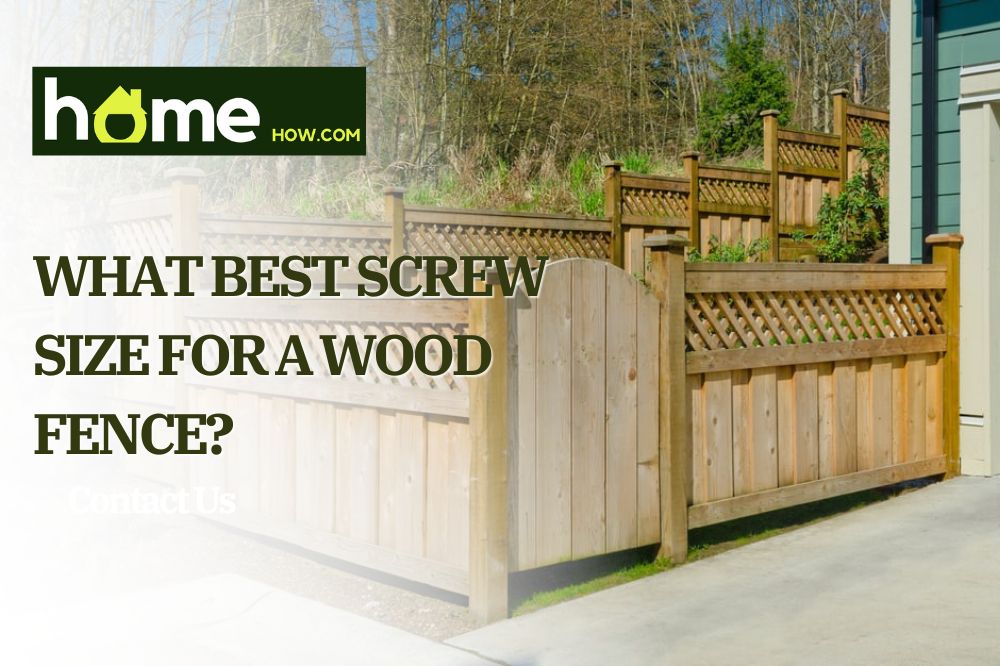Upgrading your home with a wooden fence is a great way to boost its aesthetics and value while getting some privacy and security in the process.
To ensure its durability, you’ll need to use the perfect screws to get the job done. But what size screws for a wooden fence do you need? Well, the answer depends on several factors and we’ll go through them all here.
Read on as we give you all the info you need on what size screws for a wood fence. Let’s get started!
Screw Sizes for Your Wooden Fence
The screw size you’ll use for the wooden fence is crucial to the success of your project. And remember, the necessary length depends on what you’re installing.
Typically, you should use screws 3 ½ to 4″ long when assembling panels to your fence posts. For connecting solo pickets to backer rails, use 1 ½” fence screws. However, if you attach separate pickets to the backer rails, we suggest you use 1 ¼” to 1 ¾” long screws.
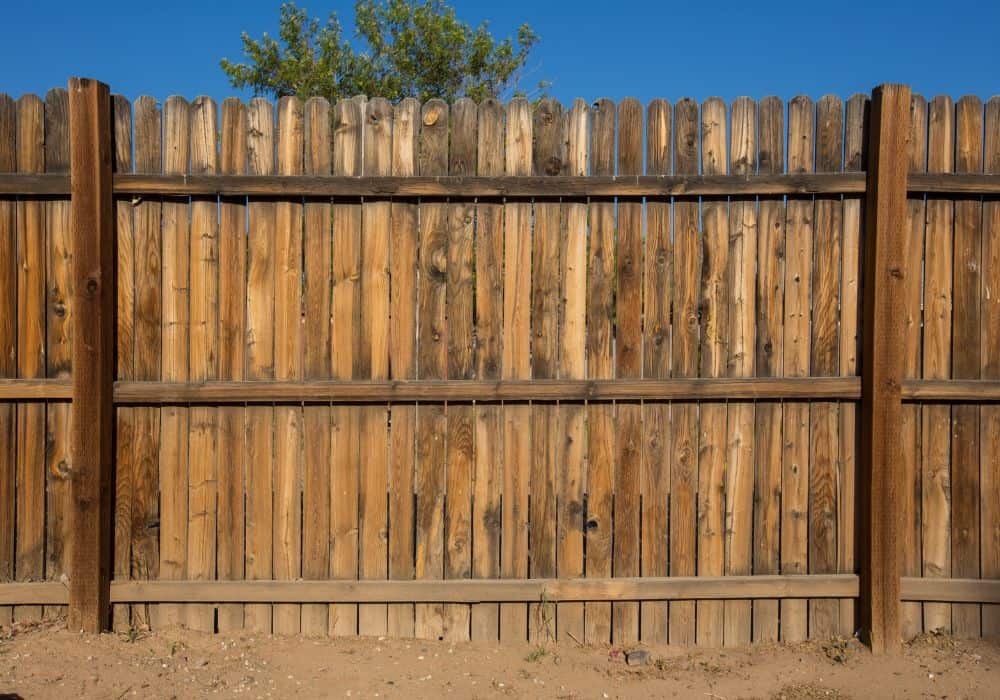
The Screw Diameter
You should also consider the screw’s gauge or diameter as well as its length. Screw gauges come in different sizes ranging from #2 to #16. Make sure to use a #8 gauge for most situations. Or, opt for #12 to #14 if the wood you’re using is heavy or thick.
If you are performing finer woodworking, screws with a #6 gauge are typically the best option. Overall, screws should always be chosen over nails when constructing a wood fence.
Other Uses of Screws in Fence Buildings
Several stages of creating a fence can require screws. They can be used to attach fence rails to fence posts and fence boards or pickets to the fence rail. Another use for them is to fasten gate brackets to fence posts.
Since each point of contact is essential to a fence, you should choose the best screws with superior holding power.
Different Types of Screws for the Wooden Fence
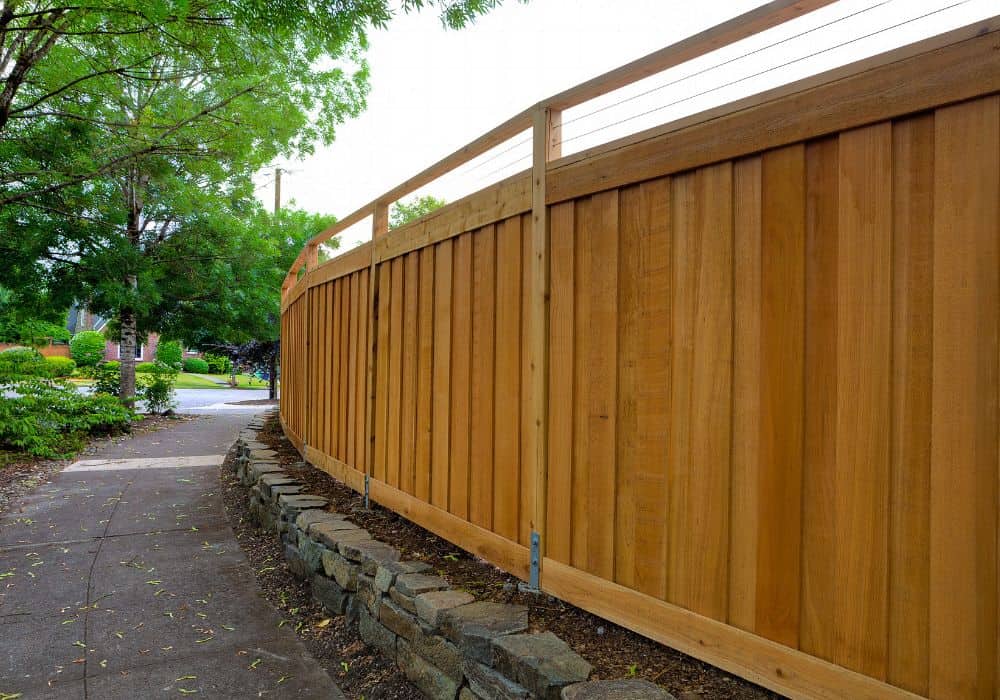
The best screws you’ll find for installing fence boards are polymer-coated exterior screws or stainless steel screws. If you attach fence rails to fence posts, the best option is external-rated structural screws.
The screws mentioned are discussed in more detail below. Plus, we will share why we believe these are the best for creating your new backyard fence.
1. Ceramic or Polymer Coated Exterior Screws
You often see ceramic or polymer-coated screws in big box shops, along with many other smaller retailers. They’re usually green and tan-colored screws designed for exterior use. Often, these are coated with polymer to avoid rusting like standard zinc interior screws.
2. Stainless Steel Screws
When utilizing certain hardwoods like cumaru or ipe, stainless steel screws are recommended. The reason is that the oil from the wood can cause other types of screws to rust. Since pre-drilling is necessary, these screws will cost more than your standard exterior screws. Plus, these are more difficult to install.
Stainless steel is a softer type of metal. So when excess torque is applied, the screw heads may pop off. Even if it sounds like a reason to avoid using stainless steel screws, these are ideal since they never rust. Just remember that installing them takes more time and patience.
3. Structural Screws
Despite having the same appearance as conventional screws, structural screws are slightly different. Although they are significantly simpler to install, they can rival lag screws and bolts in terms of holding power.
These screws have been around for quite some time. However, they’ve just started becoming more widespread in recent years. The screws also have simple installation and holding power which is another reason for their growing popularity.
While these are pricier than regular screws, they’re still worth every cent. Additionally, structural screws are able to hold between 250 to 400lbs. whereas standard screws can only handle between 80 and 100lbs.
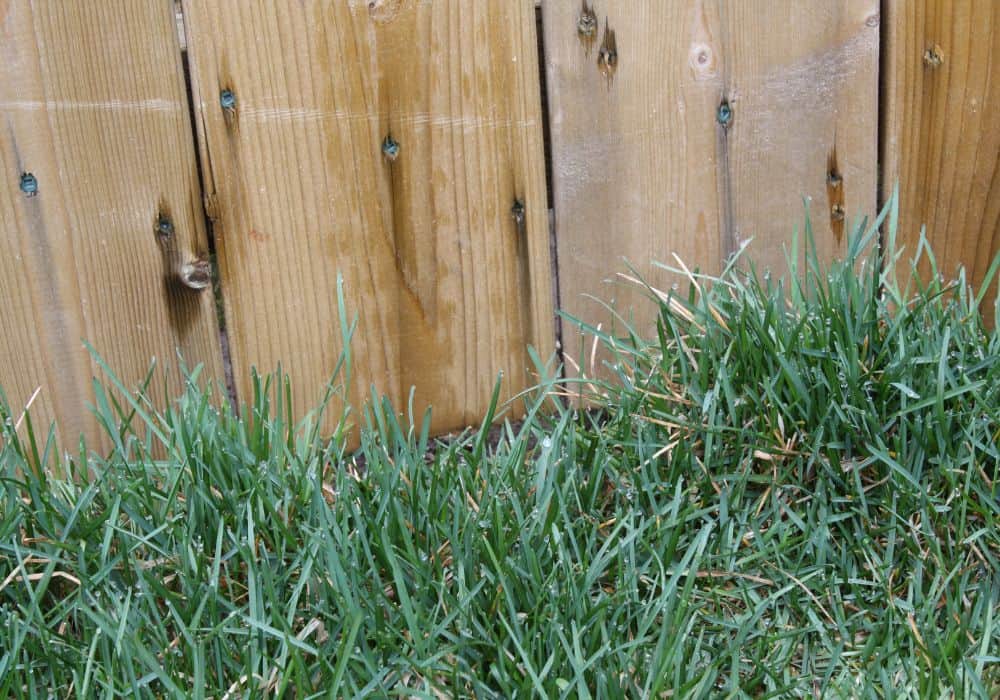
4. Lag Screws
Because of their hexagonal heads, lag screws are frequently used in heavy planking or towering timber fences. These screws are available in silicon bronze, stainless steel, uncoated, and galvanized steel.
5. Deck Screws
Deck screws, often called “green screws,” are the best option for pressure-treated wood. They have an epoxy coating for shielding pressure-treated wood from potential deterioration. Additionally, there are many different types, lengths, and sizes of deck screws. We suggest using a Phillips head or square drive type screwdriver for installation.
6. Silicon Bronze Screws
When it comes to these types of screws, they usually have rust-resistant metal alloys. Silicon bronze screws are the best option for wood fences that are set close to areas with lots of moisture. So if your home is near a lake, riverbank, or the like, these screws are your best bet.
7. Galvanized Screws
Galvanized screws are ideal for untreated wood species. What makes them great? They have a zinc coating to prevent the wood from rusting, discoloring, or staining.
Screws to Avoid When Building Your Wooden Fence
To cut costs, people tend to purchase the cheapest screws to build their wooden fences. Usually, they choose screws meant for indoor use that are expected never to get wet.
One of the things you should remember is drywall, and zinc-coated screws aren’t meant for outdoor use. They easily rust and disintegrate until they can no longer hold your fence rail or fence board. When this happens, you’ll end up spending more money to replace your fence instead of cutting the costs.
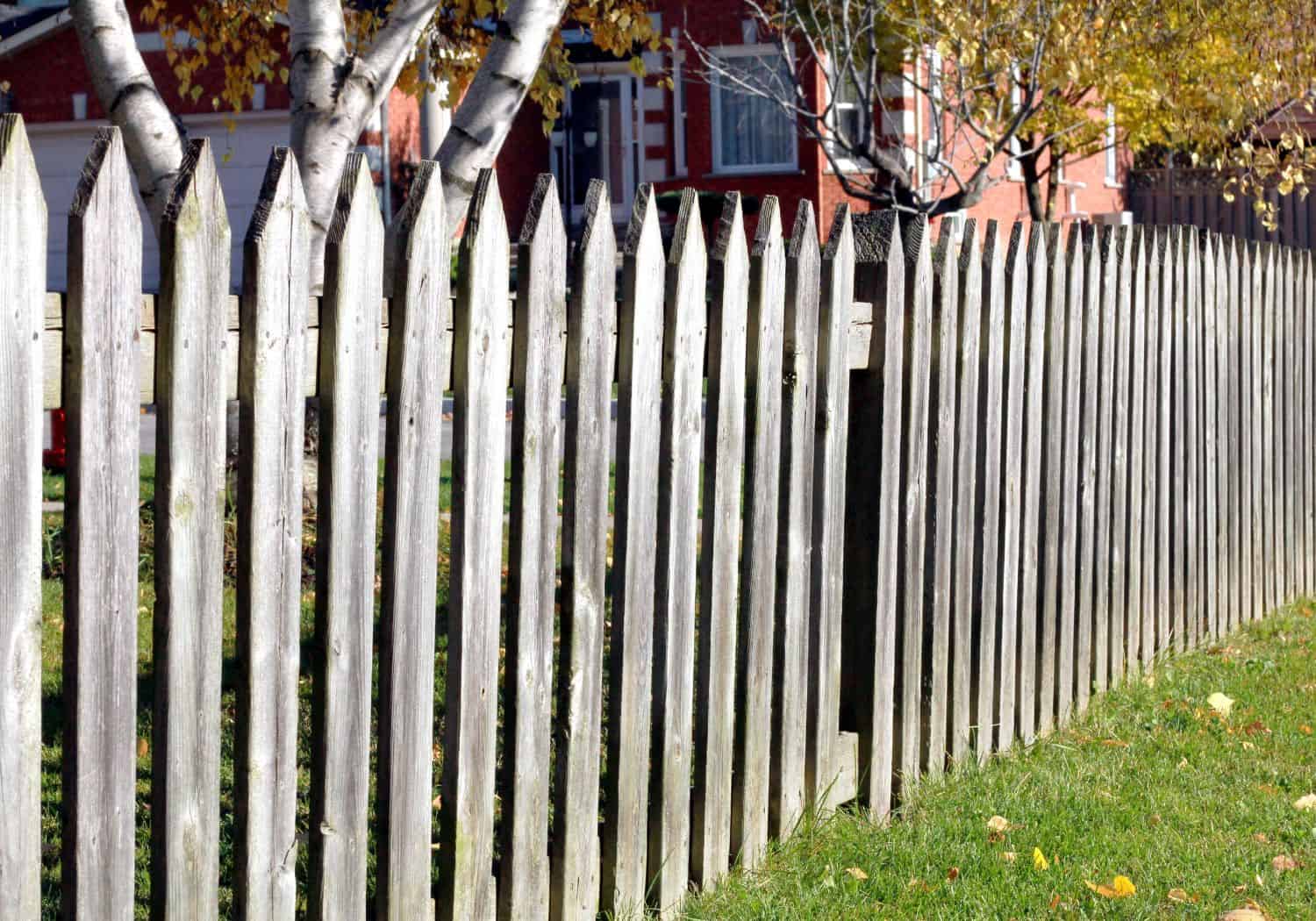
Fasteners for Wooden Fences
The fastener size is just one of the things to consider when you want to ensure the stability of your wooden fence.
It will also help you achieve a specific look for it. Aside from the size, you will also have to consider the appropriate fastener material for the project. Why? Because some wood species don’t work well with certain fastener materials.
Generally, a lot of DIYers end up using the wrong materials when building their wooden fences. This should be avoided since choosing the incorrect fasteners for your project may have negative results. By negative, we mean it can affect your fence’s appearance and structural integrity.
Here, we’ll discuss the fastener materials you can use for specific types of wood.
1. Cedar
The best fasteners for cedar fences would either be stainless steel, galvanized, or polymer-coated.
Avoid zinc-plated steel as although zinc plating offers good corrosion resistance, it can react negatively with the acid of the cedar. Therefore, when damaged or exposed to water and humidity, zinc-plated steel can rust and end up having rust streaks.
2. Pressure-Treated Wood
Different fasteners are often needed for wood that has been pressure treated. The reason for this is that preservatives are often added to the wood. It’s this preservative that can react with different screws, causing them to corrode.
You still have plenty of options such as polymer, stainless steel, galvanized, bronze, copper, and silicone. These all have their advantages and costs so choose the ones that are most suited to the fence you’re building.
3. Other Wood Types
You can use pretty much any fastener with any wood that isn’t pressure-treated. As the wood didn’t go through treatment processes, any fastener material wouldn’t have an adverse reaction to the wood. But of course, it’s best to consult professionals to ensure the best fastener material choice for your fence.
FAQs:
1. What Screws are Ideal for Fencing?
The ideal screws to use for fence boards are stainless steel and polymer-coated exterior screws. However, for attaching fence rails to fence posts, structural screws rated for exterior use are the best.
2. How Many Screws Should There be in Your Fence Panel?
For each rail, you will need two screws to attach 1 x 6ft pickets to the 2 x 4ft backer rails. So if you’re installing 6ft-high pickets, you’ll need three rails, and each picket will have a total of six screws.
3. Should I Leave a Gap Between Fence Boards?
There should be a ⅝” to ½” space between boards for a wood fence. There shouldn’t be any space for vinyl fence boards, while horizontal fence boards should have ¼” to 1″ space. If you are going for a picket fence, the necessary space for it should be 2 ½”.
Final Thoughts
To summarize, when attaching pre-assembled panels to fence posts, your fence screws should be 3 ½” to 4″ long. In addition, you will need 1 ½” fence screws when attaching individual pickets to backer rails.
Here are quick steps to follow when choosing the best fastener for your wood fence project:
- Determine the type of screws you need to use for your fence
- Select a fastener material that is suitable for the type of wood you plan to use
- Identify the right length and gauge of the fastener based on your fence installation project
For fasteners, you can choose from numerous options available. But, of course, it will be much easier to decide if you have a solid understanding of the wood you’re using.
Also, remember that it’s best to invest in the appropriate screws. If you install your fence with cheap and low-quality interior screws, you’ll end up spending more to replace the fence. Aside from money, it will also waste your time.
Use the proper screws when installing a new fence, and you’ll be happy with your DIY project.
